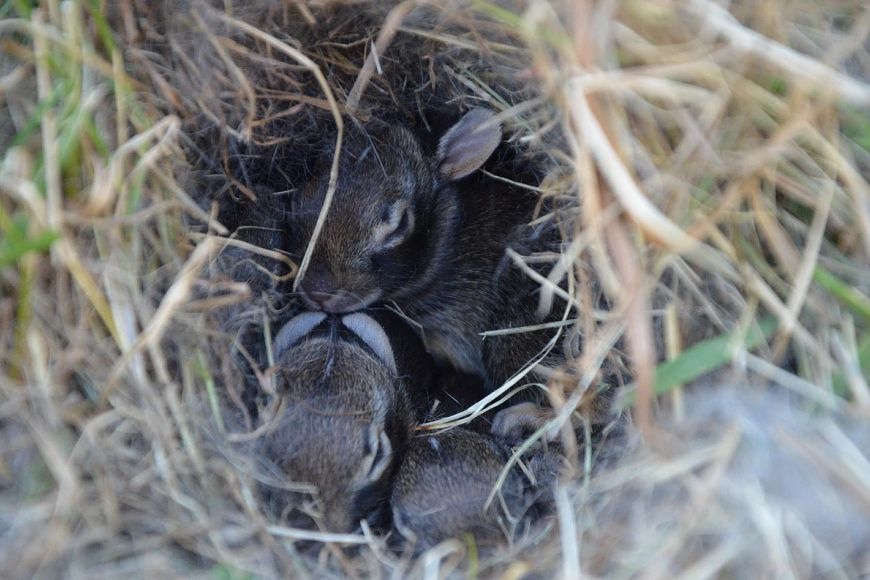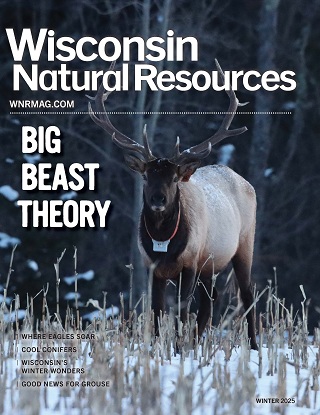Contact: Jenna Fastner, DNR Captive Wildlife Health Specialist
Jenna.Fastner@wisconsin.gov or 715-894-7181
Keep Wildlife Wild: Know What To Do If You Encounter Young Wild Animals This Spring
 Never try to care for a wild animal yourself. If you find a young wild animal, leave it alone and keep children and pets away to reduce stress on the animal.
Photo credit: Jay Watson
Never try to care for a wild animal yourself. If you find a young wild animal, leave it alone and keep children and pets away to reduce stress on the animal.
Photo credit: Jay Watson
MADISON, Wis. – As warmer weather approaches, the Wisconsin Department of Natural Resources (DNR) reminds the public that wild animals and their young will be on the move across Wisconsin.
Knowing what to do before you find a young wild animal can make all the difference in the moment to protect it and keep it in the wild with its parents.
"Springtime brings a flurry of inquiries from concerned residents about the wildlife they are encountering. You can help reserve space at wildlife rehabilitation centers for wild animals truly in need by always calling the DNR or a licensed wildlife rehabilitator before assuming an animal needs help," said Jenna Fastner, DNR captive wildlife health specialist. "In Wisconsin, you must have a license to conduct wildlife rehabilitation, and you should never try to care for a wild animal yourself to protect their health and yours."
For many species, it is perfectly natural for young wild animals to be left alone for extended periods of time. While alone, they will often lie quietly and still to avoid attracting predators. Drawing attention to a young animal's location can tip-off predators or keep its mother away longer than she would like. You can help by keeping people and pets away from the area. If you have interested children, they can learn to keep wildlife wild by observing from a safe distance.
Some common young wild animals you may encounter this spring include:
- Cottontail rabbit kits can be encountered anytime from spring through fall. They open their eyes at one week old and begin exploring outside the nest for short periods to nibble on grasses after about 2-3 weeks.
- Eastern gray squirrels raise their young in leaf nests, called dreys, tree cavities and man-made structures such as attics. Litters typically consist of two to four young, called kits, and by 7 weeks old, they will begin to explore outside the nest area.
- Raccoon kits are 12-14 inches long and capable of walking, climbing and exploring by 6-8 weeks of age. When they're at the exploring stage, they can be seen active during the day without their mother.
The DNR has various resources to help determine when a young wild animal needs help and when it's best to leave them in their natural environment. Visit the DNR's Keep Wildlife Wild webpage for species-specific tips on how to decide if a young wild animal is truly orphaned or in need of help.

